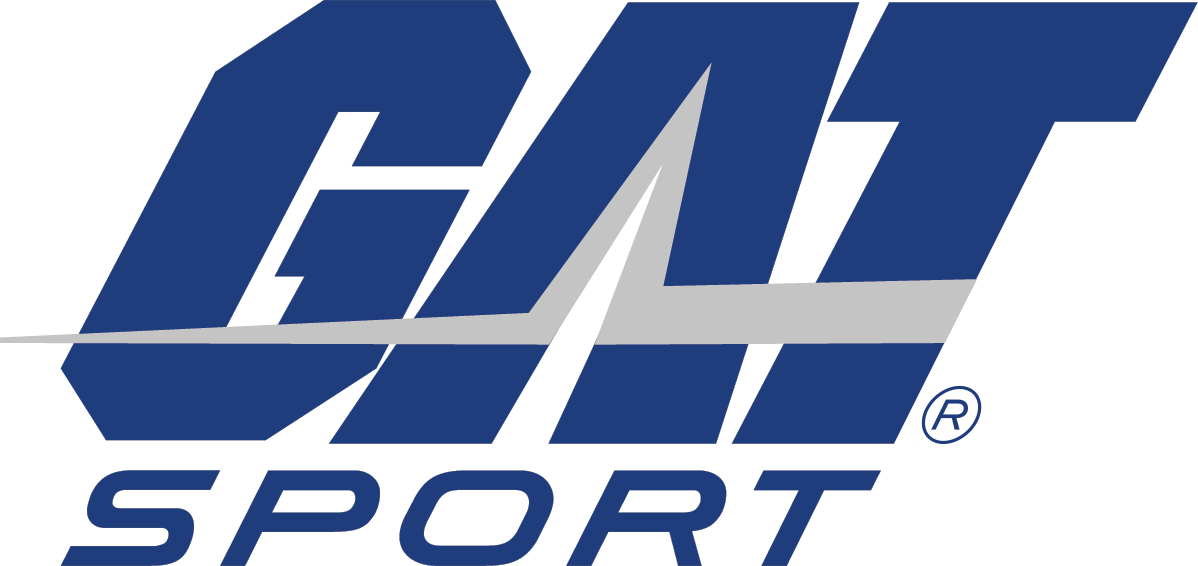
9 Exercises to Include in Your Muscle-Building Back Workout
First, Get to Know Your Back Muscles
Your back is made up of complex muscles that work together to help you move, twist, bend, and lift objects.
There are 3 major muscle groups in your back: extensors, flexors, and obliques. The extensor muscles help with standing and lifting and include large paired muscles called erector spinae, which help support the spine and glutes. The flexor muscles are located in front of the spine and help with flexing, bending, lifting, and arching the back. And the oblique muscles are on the sides of the spine. They help rotate the spine and maintain proper posture.
Because there are so many complex muscle groups, your back requires a lot of time and effort to keep it strong and pain-free.
Back Exercises 101
Don’t neglect your back muscles! You need them to move, bend, flex, and lift objects! Yes, there are exercises that you’re probably already doing (squats, for instance) that are also helping working out your back. But really, you’re more than likely not giving your back all the attention it needs!
Here are 9 muscle-building back workouts to help you get strong and ripped, and develop great back definition, too:
Work your middle back with Bent-Over Barbell Rows. Here’s how: Starting with your knees bent, your feet shoulder-width apart, and your back parallel to the ground, you’re going to lift the barbell to your body. Keep your head up, your elbows close to your body, and your movements slow and controlled.
Starting with dumbbells at your side, lift your shoulders up as far as they can go, and then lower them. Shrugs work your traps, which are muscles found in your neck, shoulders, middle and upper back.
Deadlifts work your back and help you build a strong core. They help your back stay strong while you lift heavy objects. To perform the deadlift, start with your knees bent and with a flat back, then bend over and lift up the barbell.
Grab the overhead bar with a wide grip. Pull down the bar until it’s even with your chin. Then, release the bar in a controlled manner. That’s one rep.
The difference between pull-ups and chin-ups is the grip. Pull-ups use an overhead grip, while chin-ups use an underhand grip. Start with your hands in the proper grip and pull yourself up vertically. Both exercises train your back, lats, and biceps.
To start, lie down on an incline bench with a dumbbell in each hand. Extend your arms out in front of you, so they’re perpendicular to your body. Then move your arms out away from each other, squeezing your shoulder blades together.
The seated cable rows work your back, biceps, and shoulders. Sit at a low pulley machine with a V-grip handle attachment. With your back straight and legs slightly bent, pull back your arms while keeping your elbows close to the body.
Back extensions or hyperextensions work your lower back. Lie face down on a hyperextension bench. Bend at the waist and straighten out your body. You can use a weighted plate to make it more challenging.
This combines the Wide-Grip Lat Pulldown and the Bent Over Barbell Row that we discussed earlier in this article. Do these exercises back to back with no rest in between. That’s a Superset. Once you complete one rep of both exercises, take a 20-30 second break. To complete the superset, do 4 sets of 12-15 reps.
Sets and Reps
The amount of reps and sets you do depends on many different things: your weight, your fitness goal, your fitness level, the weight you’re using, and more. But, for a general starting point, we suggest doing the following for supersets:
- Exercise 1: 10-15 reps
- Exercise 2: 10-15 reps
- Rest: 20-30 seconds
- Repeat 3x total
Choosing Weights
When choosing a weight to use for the heavy and light portion of each Superset, here’s one key thing to keep in mind: You should use a weight that’s challenging, but not so heavy to where it prevents you from completing your reps.
Now that you’re tuned into heavy-light Supersets, learn more about other training sets you can incorporate into your workout routine. Read 8 Different Weight Training Sets to Build Muscle.
Once you’ve mastered these back exercises, and you’re looking to add new parts to your regimen, read 12 Shoulder Exercises to Increase Your Muscle and Strength.
For more training tips and to learn about your protein powder and other supplementation options, visit gatsport.com.


